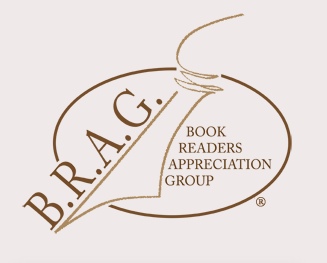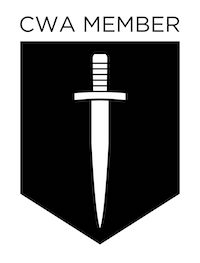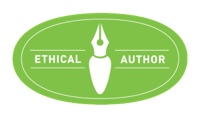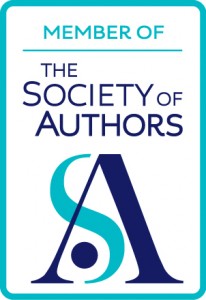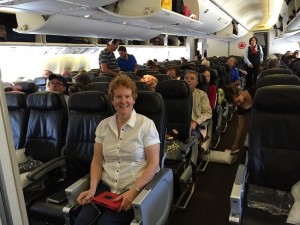 Flying from Paris to Montréal (pronounced in the Francophone world as ‘Mon_roy_al’) was full of brain-fodder for me as a writer! Over the seven hours, my other half and I watched films, ate slightly strange food and thought about the next few weeks of our Big Trip. But best of all was chatting to two completely different Canadians: both enthusiastic, friendly and intensely polite, one young, proud to be French and Canadian, the other well travelled, but orientated completely towards the Canadian Anglophone world. I knew about this split world view, but my husband was fascinated by it. Flying from Paris to Montréal (pronounced in the Francophone world as ‘Mon_roy_al’) was full of brain-fodder for me as a writer! Over the seven hours, my other half and I watched films, ate slightly strange food and thought about the next few weeks of our Big Trip. But best of all was chatting to two completely different Canadians: both enthusiastic, friendly and intensely polite, one young, proud to be French and Canadian, the other well travelled, but orientated completely towards the Canadian Anglophone world. I knew about this split world view, but my husband was fascinated by it.
Two people will see the same thing from completely different angles and interpret it differently. Well, we probably knew that from daily life. But underlying this is a lack of curiosity about the sphere of the other person/world view/daily life. We are all creatures of our own world and tend to view everything though our own mental eyes and in our own interest. Sometimes we can’t start to understand how the other person could possibly take a certain position and still be our friend!
For writers, these varying and opposite positions are gold dust. Firstly, they establish a natural conflict before the story even begins. Sometimes, exploring the reasons for that stance is the objective of the story, other times it can produce such an element of surprise for the protagonist that it becomes a major turning point in a story.
Secondly, they show we must have, or cultivate, the ability to place ourselves in another person’s shoes in order to form whole and realistic characters. We may find it relatively easy (and I say ‘relatively’ with some caution) to get into the mind of our protagonist, but looking through the eyes of the other characters is equally essential.
Why not spot somebody in a crowd whom you would instinctively shy away from and write a few lines about a day in their life? I did this once on an Arvon course; it taught me a valuable lesson and enriched my writing.
Win-win.
Alison Morton is the author of Roma Nova thrillers, INCEPTIO, PERFIDITAS and SUCCESSIO. The fourth book, AURELIA, is now out.
Find out more about Roma Nova, its origins, stories and heroines…
If you enjoyed this post, do share it with your friends!Like this:Like Loading...
Today, I am delighted to welcome historical novelist Jean Fullerton to the writing blog. Born into a large East End family, Jean was brought up in the overcrowded streets clustered around the Tower of London. Her Victorian stories shining with authenticity have delighted both readers and critics. Jean’s latest book, Fetch Nurse Connie, set in 1945, draws on her own experience as a district nurse in East London. Jean says, ‘I am also passionate about historical accuracy and I enjoy researching the details almost as much as weaving the story. If one of my characters walks down a street you can be assured that that street actually existed. Read on to see how she puts together the world of her characters…
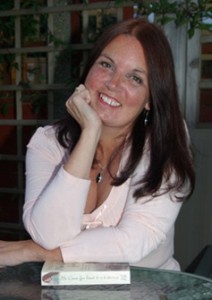 World-building is a process of creating a fictional time and place to set a story. The world can be very different to ours as in the case when Gene Roddenberry created science fiction hit Star Trek or it can be based on something historical as in George Martin’s Game of Thrones or as in Alison’s Roma Nova series, a bit of both. World-building is a process of creating a fictional time and place to set a story. The world can be very different to ours as in the case when Gene Roddenberry created science fiction hit Star Trek or it can be based on something historical as in George Martin’s Game of Thrones or as in Alison’s Roma Nova series, a bit of both.
Although I’ve set my East London Nurse series in an actual time and place and in real streets previously I still have to invent a fictional world for Nurse Connie and Nurse Millie to inhabit. As with all fiction the closer it is to fact the more convincing it is. As always the answer to building a believable world for my characters to inhabit
To start with I had to set in place a pre-NHS nursing association where they could work. I looked at nursing associations of the period and was fortunate to discover the East London Nursing Association which covered the area where Connie and Millie would have worked.
It was first founded in 1867 by the redoubtable Ellen Ranyard, a non-conformist minister’s wife and social reformer. I also discovered the real-life pre-war Superintendent, Eileen Sankey had written her biography, so much of the Association’s set up and structure is based on her account.
 St George’s Rectory aka Munroe House That was fine, but then I had to imagine an association’s headquarters which was not only a clinic but also where the nurses lived. Most of the houses in the area are two up two down working men’s cottages and many of them had been blasted away in the Blitz. However, in its heyday of the mid 1700s, Wapping boasted a number of fine four-storey merchant houses in the area, so I used St George-in-the-East’s Georgian Rectory as the template for Munroe House.
I use the actual streets of the area but I have to be careful with numbers as it is possible someone who lived at 64 Redman’s Road might read my book and take exception to me putting a foul-mouthed blaspheming, racist character in their dear old nan’s house! So I either omit the number or in the case of 71 Anthony Street, where Connie and Charlie were going to live it’s the house where I lived as a child and has since been demolished.
The markets, Watney Street and the Waste, are real markets although the stallholders are created characters as are all Connie’s quirky cockney patients. Wherever possible, I used actual shops like Boardman’s in Stratford and Wickhams Department store on the Mile End Road. All the breweries, laundries and halls are authentic, including the boxing club where Charlie goes.
One of the biggest challenges, though, is creating the late 1940s medical world in which Connie and Millie work. Again I’ve drawn on nurse biographies of the time plus my extensive collection of period nursing and medical text books. Like Connie and Millie, I’m a district nurse and although not strictly world building, I had to re-imagine illnesses and situation from a 2015 nursing perspective into knowledge and available equipment to Connie in 1945.
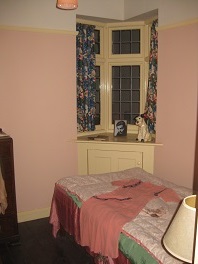 A live-in young district nurse’s bedroom Of course, I actually started building my East End world ten years ago when I wrote my first book, No Cure for Love, which is set in 1832. It featured my lovely hero Dr Robert Munroe, after whom Munroe House is named. Well, actually not him directly but his daughter Robina Munroe who was born in the first book. We meet her again in the second book, A Glimpse at Happiness, when she helps her sister Josie. I haven’t written her story yet as I’ve been busy with Connie and Millie’s post-war stories, but I know Robina wants to be a doctor and in the process travels to Sebastopol with Florence Nightingale. When she returns from the Crimea, she founds the St George and St Dunstan’s Nursing Association where Connie and Millie work. I even refer to a full length portrait of her resplendent in a crinoline and tartan shawl hanging in the nurses’ common room.
I also used the same house that my heroine Ellen O’Casey lived in in No Cure for Love, as the house where Connie and Charlie are going to move into and if you notice Connie and Millie dodging McGuire’s coal lorries as they cycle along that’s because my heroine, widowed Mattie Maguire in Perhaps Tomorrow, founded the company!
So I think you can see that no matter what they write, be it alternative histories or scI-fi, modern or historical, ALL authors build worlds.
We’re just programmed that way.
Thank you, Jean. You are a true world-builder!
What’s Fetch Nurse Connie about?
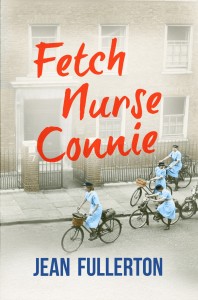 London, 1945 and as the end of the war is declared and the troops start returning home, the nurses of the East End are joining in the celebrations. London, 1945 and as the end of the war is declared and the troops start returning home, the nurses of the East End are joining in the celebrations.
For Nurse Connie Byrne the end of the war signals the beginning of a new chapter and as the revelries go on around the city, Connie’s mind is on another celebration that she’ll be able to arrange – the wedding to her sweetheart, Charlie, set to take place as soon as he arrives home. But when Connie meets Charlie off the train at London Bridge, she finds that his homecoming isn’t quite going to go according to plan…
Connie’s busy professional life, and the larger-than-life patients in the district, offer a welcome distraction, but for how long? If nursing in the East End has taught Connie anything, it’s that life is full of surprises…
Pre-order from Amazon
Alison Morton is the author of Roma Nova thrillers, INCEPTIO, PERFIDITAS and SUCCESSIO. The fourth book, AURELIA, is now out.
Find out more about Roma Nova, its origins, stories and heroines…
If you enjoyed this post, do share it with your friends!Like this:Like Loading...
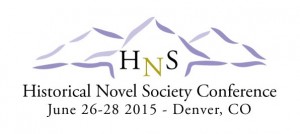 Well, I’m packing my bags this weekend for a long trip to the USA and Canada. On the last weekend of June, I’m attending the Historical Novel Society Conference in Denver where I’ll be able to meet ‘virtual’ friends of several years’ standing in the flesh. Quietly excited… 😉 Well, I’m packing my bags this weekend for a long trip to the USA and Canada. On the last weekend of June, I’m attending the Historical Novel Society Conference in Denver where I’ll be able to meet ‘virtual’ friends of several years’ standing in the flesh. Quietly excited… 😉
But more than that, on the Saturday (27 June) I’m chairing a panel on the subject of The Brass Tacks of Self-Publishing at 10.30 am.
My co-conspirators co-panellists are Helen Hollick, Anna Belfrage, Geri Clouston and Daniel Willis and here’s our session description:
Considering self-publishing your work? Before you embark on that campaign, you need to know what you’re getting into. It’s is much more than just writing a story, and posting it on Amazon. This panel, made up of successful self-published authors, will cover the details of what it takes to make it as a self-pub. Here’s a hint: it’s a lot like work!
So who are my fellow panellists?
Helen Hollick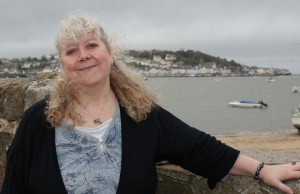
Managing Editor for HNS Indie Reviews and a successful self-published and mainstream author.
The Pendragon’s Banner trilogy (The Kingmaking, Pendragon’s Banner, Shadow of the King), a re-telling of the King Arthur legend where Arthur Pendragon is a post-Roman battle-hardened warlord. Before that, she wrote The Saxon Series (Harold the King (US – I Am the Chosen King) and A Hollow Crown (US – The Forever Queen). Now she’s into pirates, especially Captain Jesamiah Acorne, in her Sea Witch historical fantasy series for adults. http://www.ofhistoryandkings.blogspot.co.uk
I interviewed Helen in 2014.
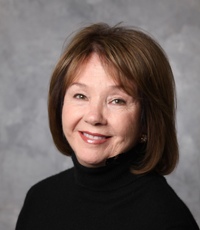 Geri Clouston Geri Clouston
President of IndieBRAG an organisation whose mission is “to recognize quality on the part of authors who self-publish both print and digital books.”
“After a book is nominated through our website it is subjected to a rigorous selection process. This entails an initial screening to ensure that the author’s work meets certain minimum standards of quality and content. If it passes this preliminary assessment it is then read by members drawn from our reader group. We have over 150 readers in 11 countries who regularly read self-published books for us. They judge the merits of the book based on a comprehensive list of criteria, the most important of which is whether or not they would recommend it to their best friend. If a book meets our high standards, we award it our B.R.A.G. Medallion and present it on our website. The B.R.A.G.Medallion is quickly becoming recognized as a sign of quality in self-published books. It attests to the fact that a reader can be confident that a book bearing the B.R.A.G.Medallion will not be a waste of their time or money! (from my interview with Geri in 2014)
http://www.bragmedallion.com
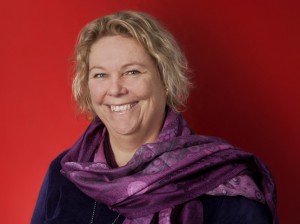 Anna Belfrage Anna Belfrage
Author of the acclaimed Graham Saga – A Rip in the Veil, Like Chaff in the Wind, The Prodigal Son, A Newfound Land, Serpents in the Garden, Revenge and Retribution, Whither Thou Goest and To Catch a Falling Star.
Set in 17th century Scotland and Virginia/Maryland, The Graham Saga tell the story of Matthew and Alex, two people who should never have met – not when she was born three hundred years after him. I recommend you read all of these!
Read more about Anna in my interview with her when she released Serpents in the Garden in April 2014.
http://www.annabelfrage.com
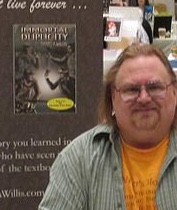 Daniel Willis Daniel Willis
From his website: Daniel A. Willis is a renowned royal expert, genealogist, and historian. In addition to his books, he has worked as a free-lance reporter covering royal events. His articles and commentary have appeared on news sources such as Yahoo! News, The Wall Street Journal, and The Associated Press. His fiction includes the Chronicles of the Mages series.
http://www.danielawillis.com
We’ll discuss some of the key issues such as the choice to self-publish, the pros and cons, How – DIY to full assisted, pitfalls to avoid, the importance of reviews/awards – quality stamps of various kinds and non-spammy marketing. Then it’s open to the floor…
I’ll let you know how we get on!
Alison Morton is the author of Roma Nova thrillers, INCEPTIO, PERFIDITAS and SUCCESSIO. The fourth book, AURELIA, is now out.
Find out more about Roma Nova, its origins, stories and heroines…
If you enjoyed this post, do share it with your friends!Like this:Like Loading...
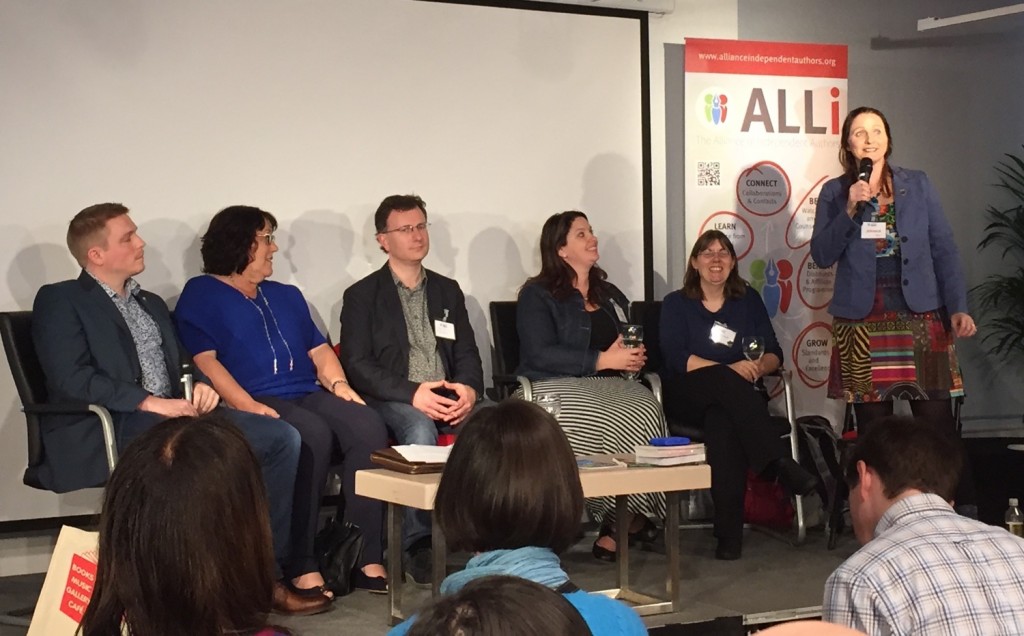 Nick Stephenson, Rachel Abbott, Mark McGuiness, Steena Holmes, CJ Lyons, Joanna (JF) Penn Things have been in a constant whirl since the London Book Fair, but such an important event took place on the Friday immediately afterwards as part of the fringe that I have been feeling enormously guilty at not posting about it. But, er, I’ve got a book coming out, y’know?
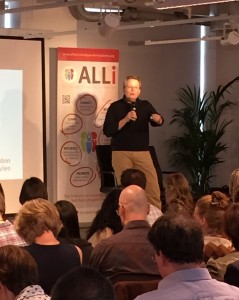 Porter Anderson The Alliance of Independent Authors, the professional association for authors who self-publish, opened its doors in conjunction with Triskele Books to a lively, rockstar-featuring, and extraordinary day at Foyles, Charing Cross Road.
Part of the IndieReCon – a free online and worldwide conference jammed with advice, education and best practice over three days – this ‘indie’ day left me more energised and informed than anything during the LBF days.
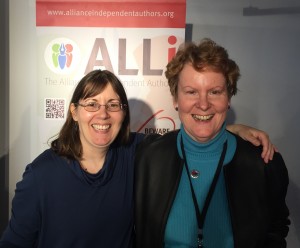 With C J Lyons
Talks were aimed at those beyond beginner, giving higher level advice and insight for the dedicated independent publisher. I had the opportunity to meet not only stars of the indie world, but also colleagues I had only known virtually before. CJ Lyons, New York Times and USA Today bestselling author of twenty-eight novels, inspired us with the catchphrase, ‘The reader is god’.
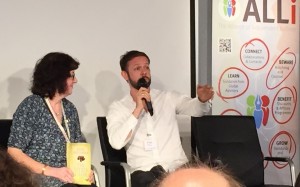 Debbie Young and Piers Alexander Crammed into the rest of the day, we heard about public funding, selling books and rights, indie literary fiction and poetry, library opportunities, how self-publishing is changing trade publishing, and future evolution of ALLi and of indie. Guest speakers included Nicola Solomons of the Society of Authors, agent Toby Munday, commentator Porter Anderson of The Bookseller, Alison Baverstock and representatives from Ingram Spark and ebook lister BookBub. Debbie Young and Piers Alexander launched the latest ALLi campaign #Authors4Bookstores.
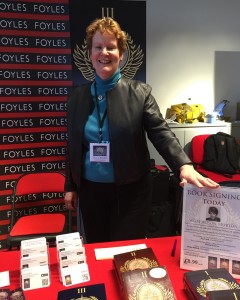 Then 50 indie authors plied their wares. My goodness, there were some wonderful books there along with enthusiastic and successful authors. A heady, exhilarating but empowering day. Looking forward to next year’s one already… Then 50 indie authors plied their wares. My goodness, there were some wonderful books there along with enthusiastic and successful authors. A heady, exhilarating but empowering day. Looking forward to next year’s one already…
Alison Morton is the author of Roma Nova thrillers, INCEPTIO, PERFIDITAS and SUCCESSIO. The fourth book, AURELIA, is due out on 5 May 2015.
Find out more about Roma Nova, its origins, stories and heroines…
If you enjoyed this post, do share it with your friends!Like this:Like Loading...
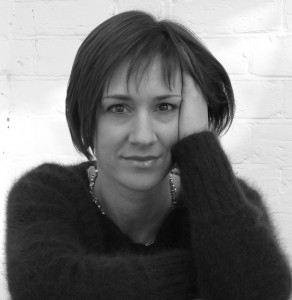 Today, I am a little awed at welcoming Jane Davis to my writing blog. To say she’s a writer is a bit of an understatement. Today, I am a little awed at welcoming Jane Davis to my writing blog. To say she’s a writer is a bit of an understatement.
Jane spent her twenties and the first part of her thirties chasing promotions at work, but when she achieved what she’d set out to do, she discovered that it wasn’t what she had wanted after all. In search of a creative outlet, she turned to writing fiction, but cites the disciplines learnt in the business world as what helps her finish her first 120,000-word novel.
Her first, Half-truths and White Lies, won the Daily Mail First Novel Award and was described by Joanne Harris as ‘A story of secrets, lies, grief and, ultimately, redemption, charmingly handled by this very promising new writer.’ She was hailed by The Bookseller as ‘One to Watch.’ Five self-published novels have followed: I Stopped Time, These Fragile Things, A Funeral for an Owl, An Unchoreographed Life and now her latest release, An Unknown Woman. Jane’s favourite description of fiction is that it is ‘made-up truth.’
I’ve been intrigued by your writing for a while, Jane, so it’s lovely to have you as my guest where my readers can find out more too. In An Unknown Woman, the fire was a terrible disaster for your heroine, Anita; her whole life literally went up in smoke. Do you think we all need the shock of a deep crisis to reassess our own identity and our relationships with our parents?
I could give you a very short answer, namely – no. And I certainly wouldn’t wish a crisis of the magnitude Anita suffered on anyone.
I wanted to explore the question, ‘If we are who we own, who are we when we have nothing?’ Parker J. Palmer described identity as ‘an ever-evolving core within which our genetics, culture, loved ones, those we cared for, people who have harmed us and people we have harmed, the deeds done (good and ill) to self and others, experiences lived, and choices made come together to form who we are at this moment.’ So, in a way, it is quite a reflective novel in which Anita has to revisit her past before she can move forwards.
Then, six months into the writing, my sister and her husband lost their house and most of what they owned to the winter floods of 2013. What had been an imagined scenario became only too real. My relationship with the characters changed as I saw what my sister and brother in law were going through. I steered Anita and her family in a slightly different direction to the one I had planned, not imagining for one minute that my sister’s life would still be on hold months after release of the novel. As of last week, she still didn’t have permission to demolish the shell, let alone planning permission so that they can start rebuilding. If you asked her, I expect she would stay that she is living in a state of limbo.
Of course, times of crisis force you to think about the things you value the most, people you have perhaps taken for granted. I have several friends for whom a life-changing illness has made them re-evaluate their futures. For others, it’s becoming parents that makes them appreciate their own parents. Actually, in Anita’s case, I think that her parents re-evaluated their relationship with her rather than the other way around. They felt they had come uncomfortably close to losing her.
I read a quote I liked the other day. ‘The writer’s job is to get the main character up the tree, and once they are there, to throw rocks at them.’ That’s what I did – and Anita finds one hell of a lot of rocks flying in her direction. I wonder if I’ve been too cruel.
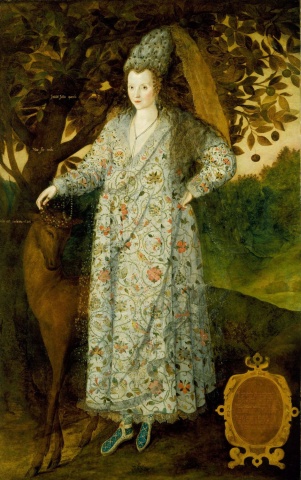 An Unknown Woman, Marcus Gheeraerts the Younger (c. 1561-1636), Royal Collection When I finished reading An Unknown Woman, I felt all the women were unknown – Anita, her mother and the woman in the painting. Was this deliberate on your part?
Quite early in the novel, Anita’s mother, Patti, is reflecting on taking her to the V&A, where they saw fabulous costumes made by ‘unknown dressmakers’ and Patti recalls how her young daughter had said to her that the dressmaker must have been a woman, “Because if it had been a man, we’d know his name.”
It was considered that Patti had enormous promise. She was the first one in her family to get A Levels. But she married young, fell pregnant almost immediately and did what most women of her generation did: she gave up work. So she went from being this carefree young woman to a housewife within the space of a year and, of course, it changed her. I think she very felt very alone – almost as if she’d become invisible. And, of course, Anita undergoes an identity crisis when she loses almost everything she owns. Forced to start from scratch, she has to discover who she is all over again.
As for the portrait you refer to, I find it fascinating. Part of the Royal Collection for over 300 years, it was labelled as a portrait of Elizabeth I. But that all changed when an art historian pointed out something very striking about the lady in question. It was quickly claimed that the frame on which Queen Elizabeth’s name was inscribed had been recycled. They had no idea who the real subject was. But the fact remains that the painting has been altered substantially, and we have to ask, why go to all that trouble if there wasn’t something to hide?
To me, the unknown woman came to represent every woman whose name has not been preserved in history. And there are many of them. The fact is that even a Queen may wear a mask.
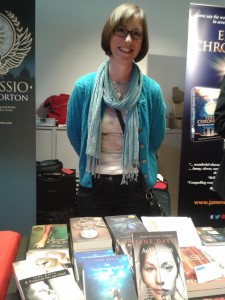 Jane at the 2015 Indie Author Fair (Photo courtesy of Glynis Smy) You obviously feel very strongly about self-publishing, but until recently it’s been regarded as simultaneously brave and slightly shameful. Are we over this now?
Alison, we were both at Indie Author Fair in April, and I didn’t see a lot of shame in the room! I felt an incredible buzz when I heard industry commentators say that we shouldn’t try to mirror what is happening in traditional publishing, but to offer readers an alternative.
The majority of authors who have explored the traditional route to publication will, at some point have been told (often having paid hundreds or even thousands of pounds to hear that advice) that no author serious about his or her craft would consider self-publishing. Given that publishing is such a rapidly moving industry, and being a little charitable, it’s just possible that advice was still true in 2011. It was no longer true by November 2012 when I attended my first self-publishing conference.
We know from statistics published by Kobo which books readers were most likely to give up on halfway through – and the results were surprising. They included critically acclaimed and prize-winning novels. It really seems that readers are genuinely fed up with being told what they should be reading.
Eimear McBride used the platforms from her numerous competition wins to challenge publishers to deliver fiction that is both challenging and entertaining. Publishers have become more and more risk adverse, to the extent that many consider that indie publishing is the new high ground for ground-breaking fiction.
And with advances falling and publishers’ contract terms being unduly restrictive, the CEO of The Society of Authors had said on record that they’re no longer fair or sustainable, suggesting that members explore self-publishing as a viable alternative. That’s where I see the main growth in self-publishing coming from – authors who have previously been under contract.
Speaking for myself, self-publishing has been the mechanism that freed me to be more ambitious in terms of where I wanted to take my fiction. Remove the pressure of trying of tying to mould something to fit the current publishing market – which agents admit is risk-adverse and overly-commercialised – and it grows wings.
Thank you, Jane, and may your sales of An Unknown Woman take wings too.
Read my review on Amazon
Visit Jane’s website www.jane-davis.co.uk
Connect with Jane on Facebook https://www.facebook.com/jane.davis.54966
Or tweet her @janedavisauthor
Pinterest https://uk.pinterest.com/janeeleanordavi/
Buy An Unknown Woman from Amazon
Ebook: http://goo.gl/EaiKXW
Paperback: http://goo.gl/8AnAz7
About An Unknown Woman
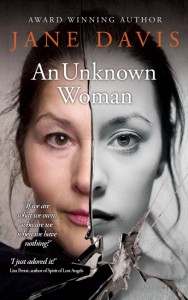
‘If we are what we own, who are we when we have nothing?’
When you look in the mirror and ask the person staring back, Who are you? do you know the answer?
At the age of forty-six, Anita Hall knows exactly who she is. She has lived with partner Ed for fifteen years and is proud of all they’ve achieved. They go out into the world separately: Ed with one eye on the future in the world of finance; Anita with one foot the past, a curator at Hampton Court Palace. This is the life she has chosen – choices that weren’t open to her mother’s generation – her dream job, equal partnership, freedom from the monotony of parenthood, living mortgage-free in a quirky old house she adores.
The future seems knowable and secure. But then Anita finds herself standing in the middle of the road watching her home and everything inside it burn to the ground. Before she can come to terms with the magnitude of her loss, hairline cracks begin to appear in her perfect relationship. And returning to her childhood home in search of comfort, she stumbles upon the secret that her mother has kept hidden, a taboo so unspeakable it can only be written about.
Alison Morton is the author of Roma Nova thrillers, INCEPTIO, PERFIDITAS and SUCCESSIO. The fourth book, AURELIA, is due out on 5 May 2015.
Find out more about Roma Nova, its origins, stories and heroines…
If you enjoyed this post, do share it with your friends!Like this:Like Loading...
|
Subscribe to Blog via Email
Join 50 other subscribers.
Categories
Archive
|
 Flying from Paris to Montréal (pronounced in the Francophone world as ‘Mon_roy_al’) was full of brain-fodder for me as a writer! Over the seven hours, my other half and I watched films, ate slightly strange food and thought about the next few weeks of our Big Trip. But best of all was chatting to two completely different Canadians: both enthusiastic, friendly and intensely polite, one young, proud to be French and Canadian, the other well travelled, but orientated completely towards the Canadian Anglophone world. I knew about this split world view, but my husband was fascinated by it.
Flying from Paris to Montréal (pronounced in the Francophone world as ‘Mon_roy_al’) was full of brain-fodder for me as a writer! Over the seven hours, my other half and I watched films, ate slightly strange food and thought about the next few weeks of our Big Trip. But best of all was chatting to two completely different Canadians: both enthusiastic, friendly and intensely polite, one young, proud to be French and Canadian, the other well travelled, but orientated completely towards the Canadian Anglophone world. I knew about this split world view, but my husband was fascinated by it.



















